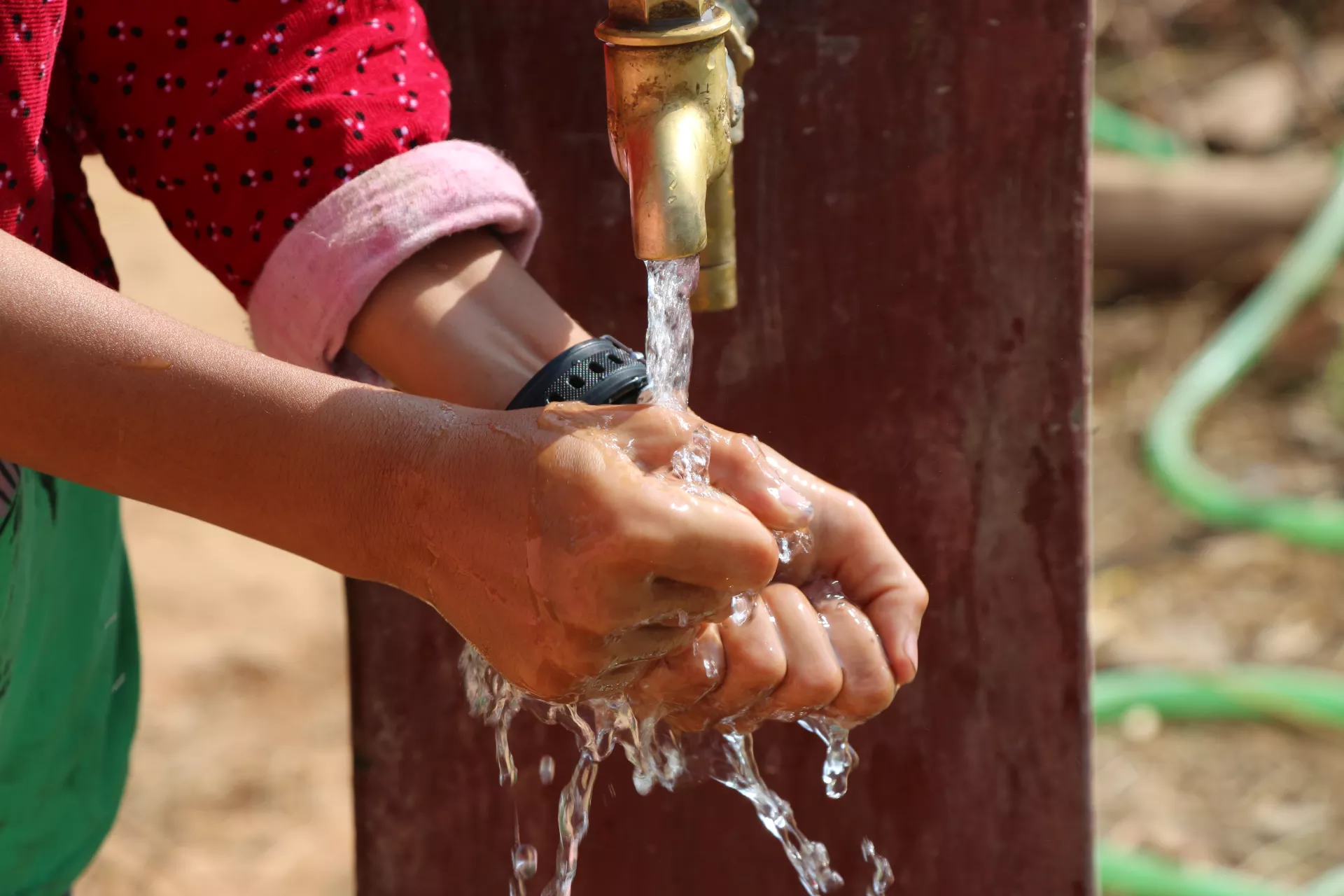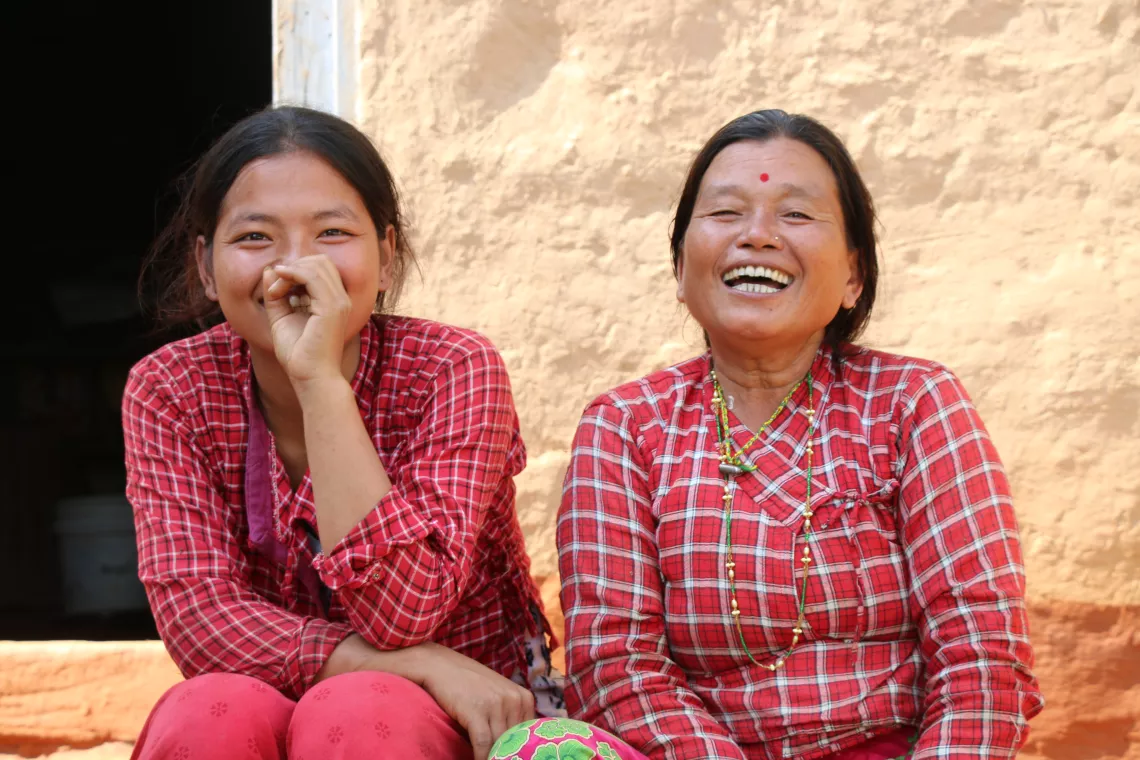A burden lifted
Access to safe, regular water supply has altered life in the village of Chhage in Kavrepalanchowk District

Kavrepalanchowk, Nepal: “Getting water used to take up so much time,” says 20-year-old Sirjana Tamang, recalling her once daily trek to collect water for her family. The spring was a 45-minute walk from her house in Chhage in Dhulikhel Municipality, Kavrepalanchowk District. Some days, she had to do multiple trips. “It interfered with everything.”
There were times when Sirjana was late or had to miss classes altogether because of these water duties.
“She sometimes went to school on an empty stomach,” remembers mother Dil Maya. “But there was no choice. We needed water for cooking, and our farm and animals.”

When the 2015 earthquake struck, their problems multiplied. Kavrepalanchowk was among the worst-hit districts, and aside from the lives lost, and damage sustained by homes and infrastructure, the disaster also affected water sources. Some of these dried up, rendering the already laborious task of fetching water even more complicated.
Although everyone in Sirjana's family was unhurt in the disaster, cracks appeared on the walls of their house, making it dangerous to live in. The reconstruction became an added burden.
This burden, however, was to ease substantially when the Chhage Drinking Supply Improvement Scheme was established in the village with UNICEF support in late 2018.


Under the project, supported with generous funding from the Government of Finland, a reservoir tank was constructed to collect water from the source, which would then be piped to all 30 households in the village.
A tap was installed in each house, under the ‘one house, one tap’ concept, providing running water 24/7.

To further bolster the long-term prospects of the project, UNICEF also supported the formation of a water users’ committee. This committee – made up of locals – would be responsible for keeping the scheme running in a self-sustainable manner, including through collecting monthly tariffs for operational and maintenance costs.
Additionally, several residents were trained in the basics of plumbing. Not only would this ensure there would be capacity on the ground for necessary repairs to the system, but it also gave participants the option of using their newfound skills to improve their livelihoods.
In a similar vein, select community members were also taught and provided the necessary equipment to carry out regular water testing, specifically for contaminants like E.coli. These tests – along with measures in place to respond to potential contamination – would help to maintain the quality of water supplied.

Sirjana herself is a secretary in the local water users’ committee, and among those trained to test water quality.
Gaining new strengths through her involvement in the project, she is now leading campaigns on menstrual hygiene management in the community. These campaigns seek to raise awareness on better practices, as well as share useful skills such as producing homemade sanitary napkins.
With a tap now installed in their yard providing constant access to running water, Sirjana no longer has to go on those long treks to the spring.
And she can devote the time saved to her studies – she is in her first year as a student of business in a nearby college.

Access to safe, regular water supply means Chhage today is an altered place compared to just a year ago. With the end of the preoccupation with collecting and storing water, community members now have time for other pursuits.
Dil Maya, for instance, is able to turn her attention to gardening, and her backyard is bursting with the results. Using wastewater, she grows a variety of vegetables – including tomatoes, beans and cucumber. The family doesn’t have to buy greens anymore; if anything, they usually end up with surplus to sell in the market.
“It’s such a relief to have water right at our doorstep,” Dil Maya says. “We had lived with water problems for so long, it’s hard to believe those days are gone.”





